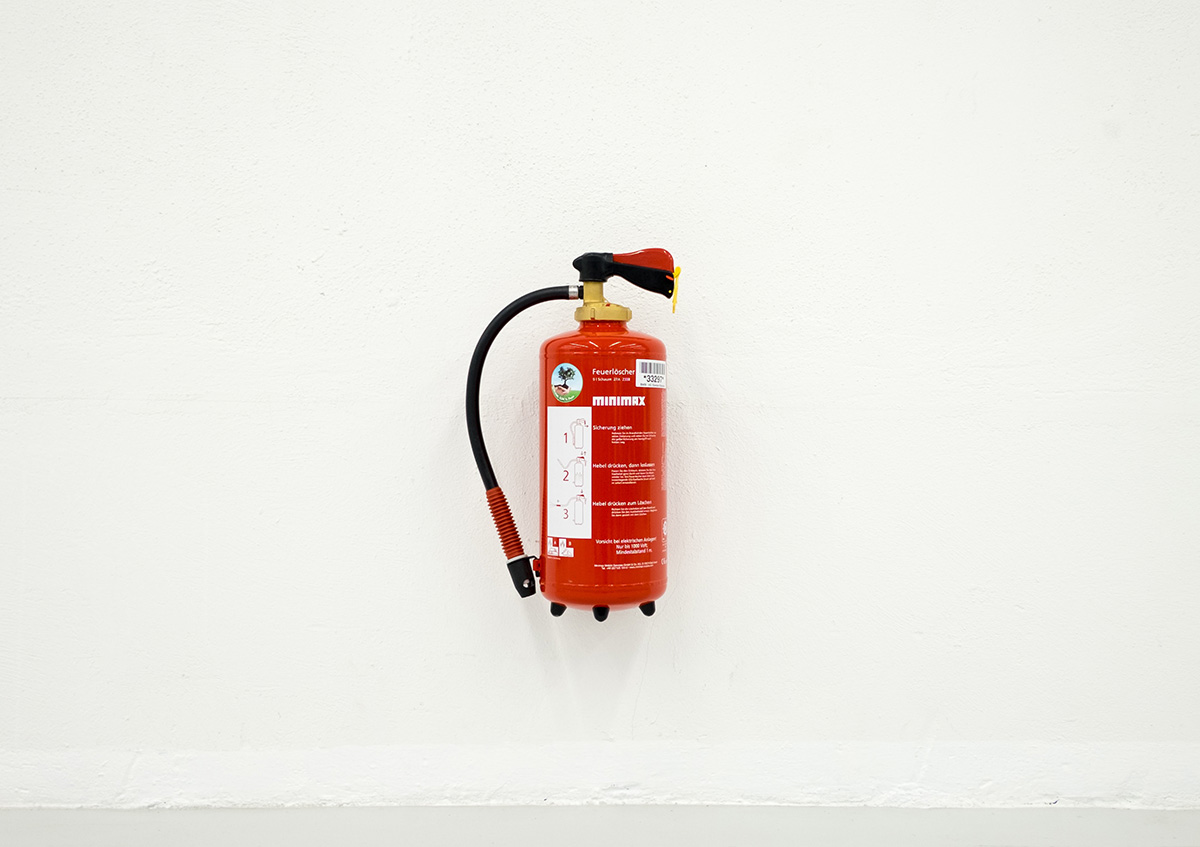
Summer and hot weather are right around the corner, which means: it’s time to prepare your home for fire season. Smart fire prevention cannot only protect your home — it can save your life. Here are helpful tips to help you prepare for the upcoming fire season.
Install and test smoke alarms
Smoke alarms can detect smoldering and flaming fires so be sure to install them on every level of your home and outside each sleeping area. Test them each month and replace the batteries at least once a year. Smoke alarms should be replaced every 10 years, according to American Red Cross.
Check your fire extinguishers
Consider keeping a fire extinguisher in your home. It should be installed high on the wall, near an exit, and away from children and all heat sources. American Red Cross recommends extinguishers that are rated “A-B-C” for the home. Be sure to read the instructions and know how to properly handle an extinguisher before using it.
Check out Lowe’s extremely durable metal fire extinguishers.
Check wiring and outlets
Prevent overloads by checking all the electrical cords throughout your home and making sure they’re safe and not fraying. Keep extension cords away from rugs and furniture and throw away any cords that are damaged. If you’re unsure and have questions about the capacity of your home’s electrical system, contact a licensed electrician.
Keep your clothes dryer clean
Clothes dryers are one of the most common causes of house fires. Prevent dryer fires by cleaning the lint filter before and after every load of laundry. Lint tends to build up behind dryers so don’t forget to sweep that up and clean the vent pipe every few months.
Maintain your chimney
There are about 25,000 chimney fires in the U.S. each year, according to CSIA. What causes many of those is a highly flammable substance called creosote. It builds up in your chimney over time and if not cleaned properly, it can lead to major health problems. Prevent the risk of a fire in your home by maintaining your chimney and having it inspected by a CSIA Certified Chimney Sweep at least once a year.
Create a fire evacuation plan
It’s important to have a fire evacuation plan in your home — each family member should know two different ways to escape from each room. Use this graph to draw your home’s floor plan and plot fire escape routes. Choose a spot outside your home for all household members to meet up.
Protect your roof
It’s common for embers from nearby wildfires to land on roofs and ignite a blaze that can spread throughout the home. The best way to prevent this from happening is to have a roof constructed from non-flammable materials, according to Sierra Club. These include asphalt shingles, metal, slate, and tile. Wood shingles are the most flammable roof material but can be treated with fire retardant or a rooftop sprinkler system.
Keep debris away from your home
Firewood and propane tanks should be kept at least 30 feet away from your home. If you have any materials for building or renovation projects touching your home, move them at least 30 feet away as well. If you have a wooden deck, clear it of all debris. (Don’t forget to clear out the dead vegetation underneath!)
